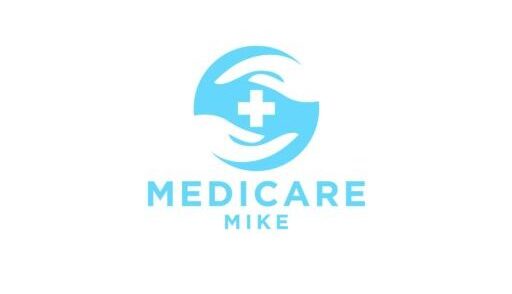Cost Effective Options of Paying for Long Term Care

Paying for Long Term Care
There’s several options to pay for Long Term Care. The order I view them in is:
- Traditional Long Term Care Insurance
- Hybrid/combination Life/Long Term Care Insurance
- Short Term Care Insurance
- Self-Pay
- Medicaid
There’s an article for each of these with more detail but here’s a quick overview.
Traditional Long Term Care Insurance
Pros
- Premiums can be low compared to how much coverage the policy provides
- Personalized – these can be highly customized to each person
- Possible tax advantages
- Potential State Partnership benefits relating to Medicaid qualification
Cons
- This is the strictest underwriting meaning this is the most difficult coverage to qualify for
- The “optimal” time to buy this is in your 50s. It can be expensive to buy if you are older.
- Premiums aren’t guaranteed for life. They can increase over time
- Use it or lose it type of insurance. If you don’t need care, the policy doesn’t pay out benefits
Hybrid Life/Long Term Care Insurance
Pros
- Premiums guaranteed to stay the same for life
- Can make 1 payment and policy is paid up for life
- Easier to qualify for compared to traditional long term care insurance
- Policy is guaranteed to pay long term care or a death benefit if you pass away without needing care
Cons
- No state partnership eligibility
- Premiums can be expensive
Short Term Care
Pros
- Lower premiums compared to the first 2 options
- Lenient underwriting means people are more likely to qualify for this coverage
- Fast application processing time. Some long-term care applications type a month or longer to get a decision. You normally have a decision on these applications within 2 business days
Cons
- No state partnership
- Use it or lose it type of insurance. If you don’t need care, the policy doesn’t pay out benefits
- Limits of care. Short Term Care has limits of coverage up to 360 days so the length of time is less than the first 2 options
- Premiums aren’t guaranteed for life
Self-Pay
Pros
- No applications or health reviews
- No premium payments
Cons
- Zero leverage. You are responsible for all payments
- Tax consequences depending on where you are taking the money to make the payments
- Do you have enough savings to self-pay or will you run out of money?
Medicaid
Pros
- It’s paid by the state
Cons
- You need to qualify for Medicaid by spending down your assets.
- (Each state is different but here is Wisconsin for an example)
- A single Nursing Home Medicaid application must meet the following criteria
- Income under $2,829/month & Assets under $2,000 & Require a Nursing Home Level of Care
- – Wisconsin Medicaid Qualification
- A single Nursing Home Medicaid application must meet the following criteria
- (Each state is different but here is Wisconsin for an example)
What’s next?
Read more about the 3 different types of insurance which are:
- Traditional long term care insurance
- Hybrid Life/Long term care insurance
- Short Term Care Insurance
There are several companies that offer this type of coverage. If you’d like to explore your options, give me a call a 608-571-4461, or click the link below to schedule time for us to talk.